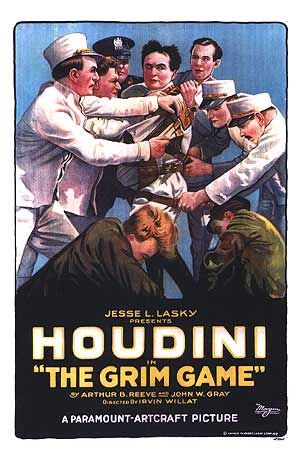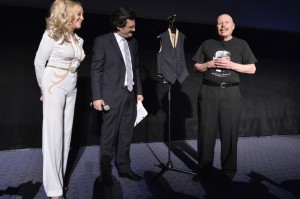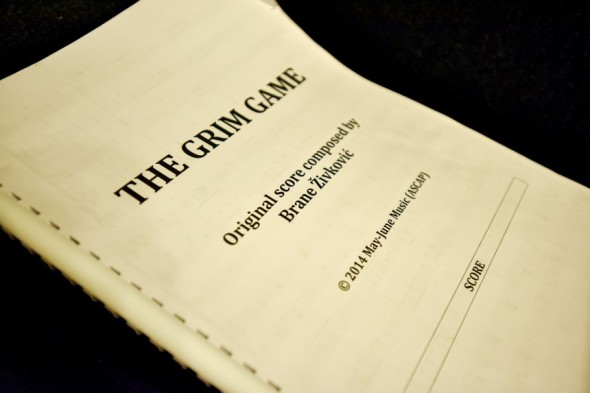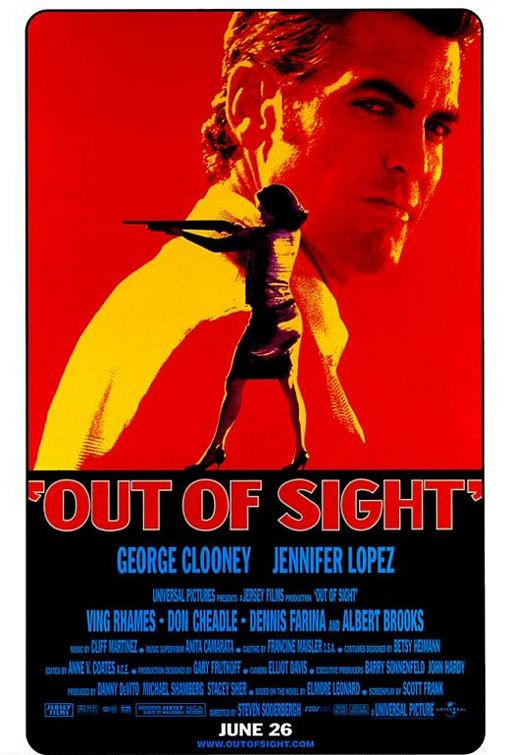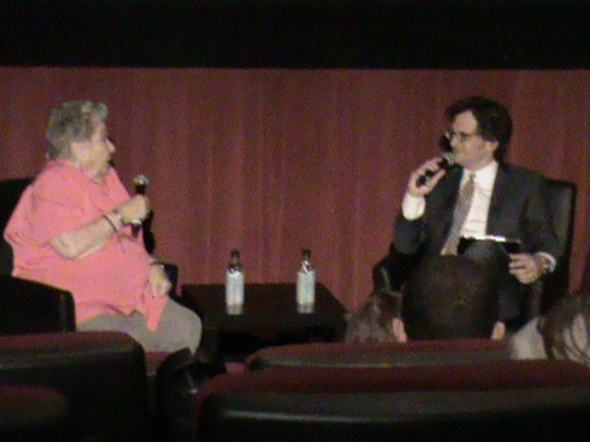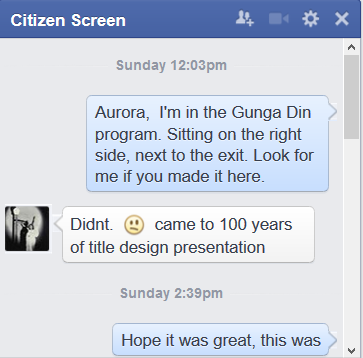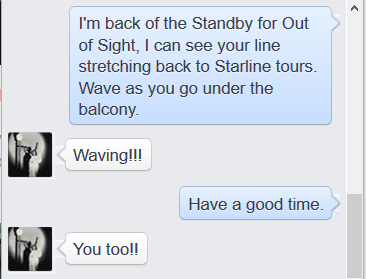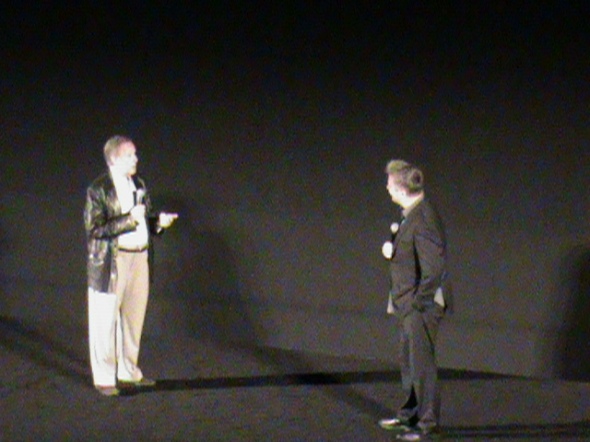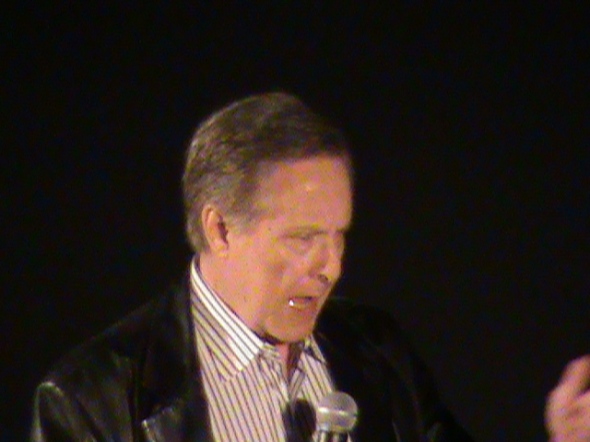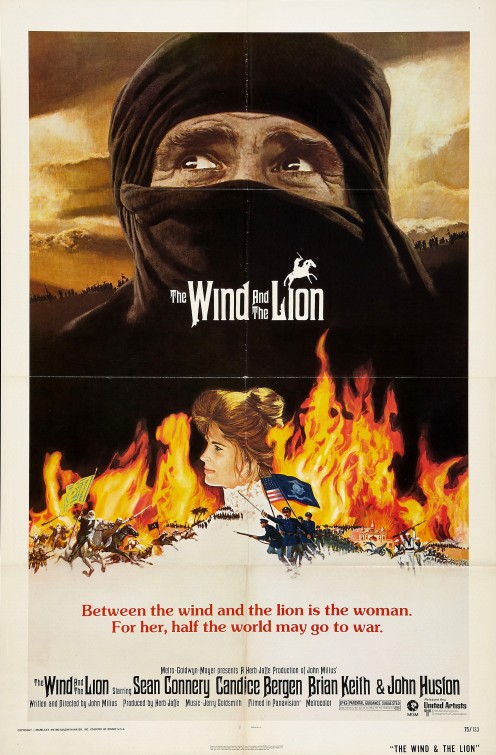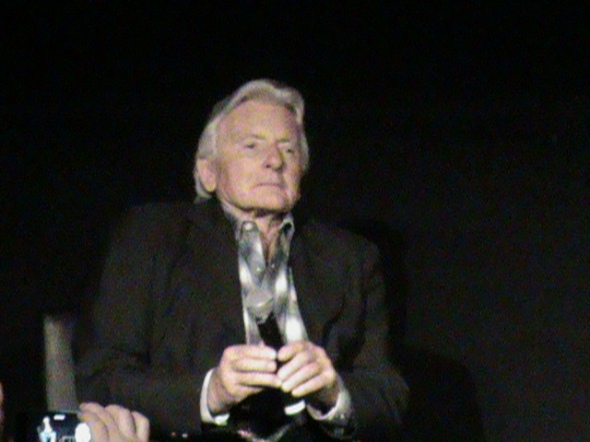So this is a pretty great horror film that gets by on the premise, a small amount of action and some very effective film making skills from writer/director David Robert Mitchell (how is it fair that he has three first names? two other people behind him in line got nothing). The horror genre is a field where someone can shine if they have a great premise and good basic story telling skills. John Carpenter lived most of his career in that pocket and did great work. I hope Mr. Mitchell does not feel it is below him to continue working in the genre if he can find the right idea because it is clearly his work that makes this premise sing.
I always try to be spoiler free but I'm going to tip a couple of points by making some comparisons for you. Nothing I will say should hurt your enjoyment or suspense with the film, but it might give you a little more to think about. First of all, like the horror films of the 80s, this movie is launched by sexuality. If having loose sexual morals can bring on disaster, this movie shows it with a bit more direct relationship. The whole subject may simply be a mediation on the guilt that comes from making a sexual choice. There are long periods of dread and anticipation, much as if a sexually active person begins to wonder if they have acquired an STD or an unwanted pregnancy. Another comparison is easy to see if you watched the trailer. The tag lines ape the speech that Reese gives Sarah Conner when he first tries to save her from the Terminator. "It can't be bargained with. It can't be reasoned with. It doesn't feel pity, or remorse, or fear. And it absolutely will not stop, ever, until you are dead."
Two more quick story comparisons and then a few comments on the film making to finish off. First, it does have some things in common with a zombie film, the slow moving kind of zombies that is. Characters can outrun "It" but they can be fooled or cornered and that is part of the danger. The bigger danger is that "It" will screw with your mind and weigh on you like a guilty conscious. Eventually despair and exhaustion represent the gravest danger. If there is not enough guilt already, then get prepared for the main twist in the story telling, the curse can be put off with a game of tag. It is a concept that struck me as very similar to the theme of "The Bottle Imp" by Robert Louis Stevenson ( another guy with more first names than he is entitled to). Eventually, fate will have to be dealt with, but first come grief that is self inflicted.
Two things stick out about the way the film is shot. The director seems to deliberately choose wide shots with the horror just out of eye line in the opening section of the film, and then it slowly marches in front and center on the wide shots in the rest of the movie, emphasizing the inevitability of the bad things that are about to happen. The music score is effectively loud at times without having a tune that is memorable but still managing to build up tension with snippets of music that are integrated into the story very effectively. While there are some horrific images, the movie is not gore infested and it plays by it's own rules pretty well. We know less than is usually given an audience in this kind of film and we learn it as the story progresses. The one character that is responsible for plot points is never clearly explained and that mystery is a bit creepy as well.
 There are three or four tense scenes with a little action but most of the movie is atmospheric without being too terrifying. There are the requisite jump scares but the thing about the movie that will haunt you is the premise and the almost dream like nature of the world that these kids live in. Suburbia and the Hell of more central Detroit, are both vaguely out of place and our focus is distracted by the entity and the fear and sadness from the characters. The lead character Jay, is as sweet as modern girls get, and her hopeful dream is shattered by nasty reality masquerading as fiction.
There are three or four tense scenes with a little action but most of the movie is atmospheric without being too terrifying. There are the requisite jump scares but the thing about the movie that will haunt you is the premise and the almost dream like nature of the world that these kids live in. Suburbia and the Hell of more central Detroit, are both vaguely out of place and our focus is distracted by the entity and the fear and sadness from the characters. The lead character Jay, is as sweet as modern girls get, and her hopeful dream is shattered by nasty reality masquerading as fiction.
